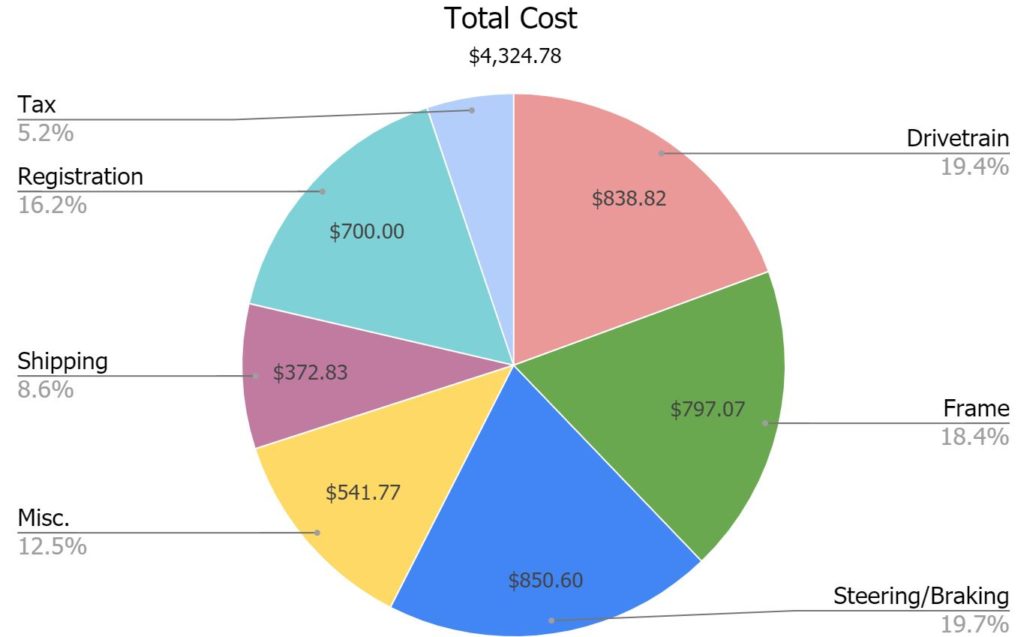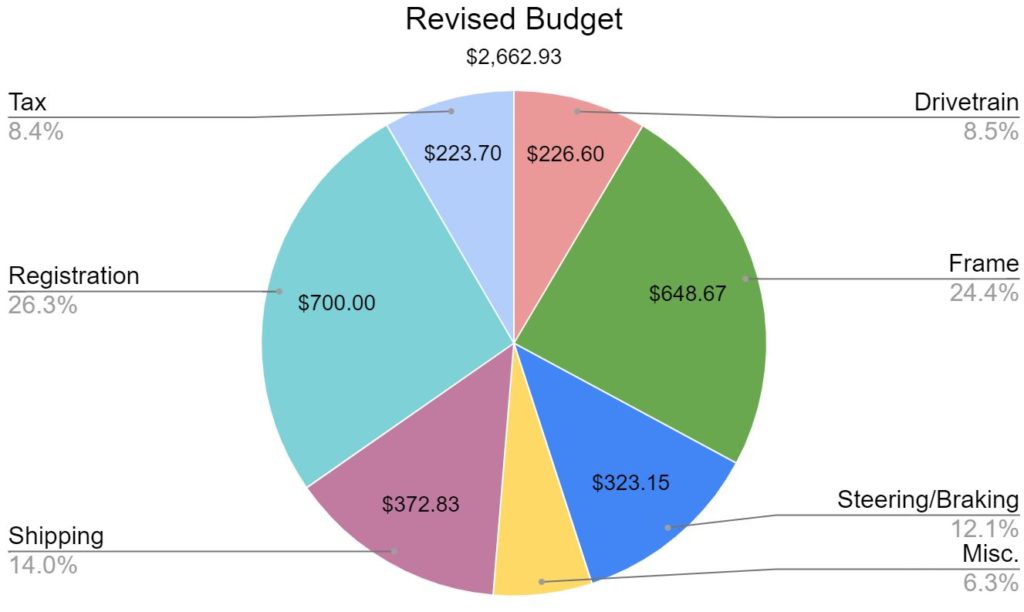
Responsibilities, Considerations, & Requirements
The role of the project manager is to maintain clear and consistent communication within the team. This includes, but is not limited to:
- Scheduling weekly meetings with the advisors throughout the semester
- Ensure that assignments are completed on time
- Arrange travel plans
- Facilitate a team approach to ensure that collaboration is incorporated throughout the decision-making process
Ergonomics are an important component to consider when attempting to integrate all subsystems of the vehicle. This year’s team faces a height difference of fourteen inches between their tallest and shortest team member, with the tallest rider required to pass the Rollover Protection System (RPS) safety test. The vehicle needs to accommodate the entire range of heights with an adjustable feature that is quick, easy, and reliable to modify in between races. The overall challenge of the ergonomics is to extract the best performance of each rider through accommodations and compromises within the confines of the rules and physical limitations.
Interim Design (10/28/20)
Movable Seat Mechanism
Our group decided to account for rider height variation through a moveable seat mechanism due to the issues encountered with last year’s movable boom. Previous designs include a sleeve with manufactured channels and a rack-and-pinion setup which were considered, but eliminated due to varying design flaws such as weight and inefficient adjustment.
Using inspiration from athletic center equipment, the team decided to move forward with a pin-and-carriage arrangement. This arrangement allows for a great combination of stability and ease of use, and will allow for a range of rider heights to apply.
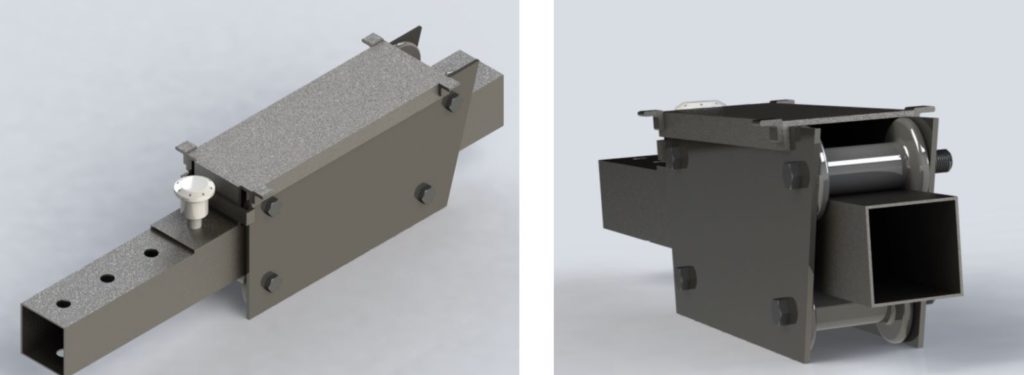
Interim Budget Estimates
The initial budget estimate includes all parts, materials, and competition travel and registration, totaling approximately $5,170. However, given the pandemic, the team sought many different ways in which costs could be reduced. Significant cuts to the original budget were made by utilizing parts from inventory. The team also hopes to obtain donations or sponsors from private industries. In addition, since this year’s competition was made virtual, all travel costs are no longer required which reduces the budget significantly. The pie chart below creates a visual of how much the team was able to reduce the original budget, with the entire chart representing the initial estimate, and the areas highlighted in white showing the projected costs after cost-cutting efforts. The revised budget estimate totaled approximately $1,965.
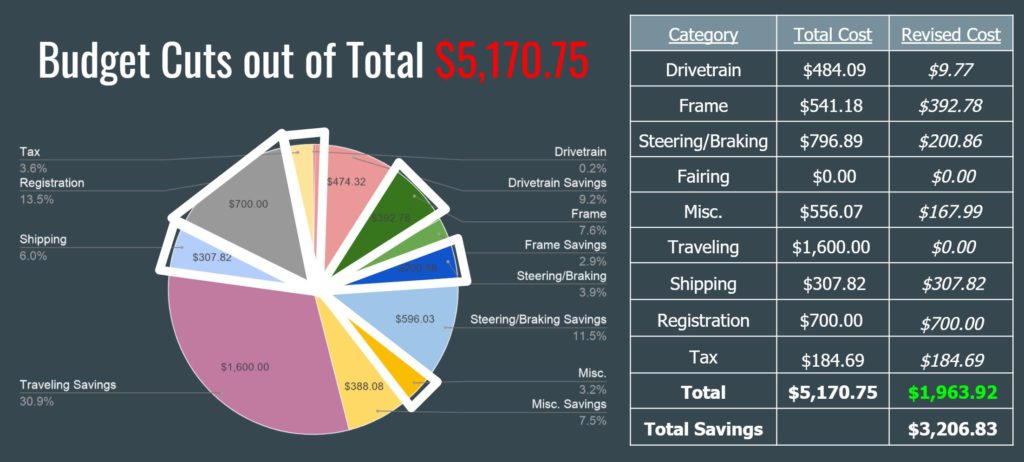
Scheduling
The teams GANTT Chart and Critical Path Network (CPN) were created and can be viewed below. A majority of the manufacturing is planned to take place over winter break (12/21 – 1/29). These dates are set in order to be fully prepared for virtual competition on April 24.
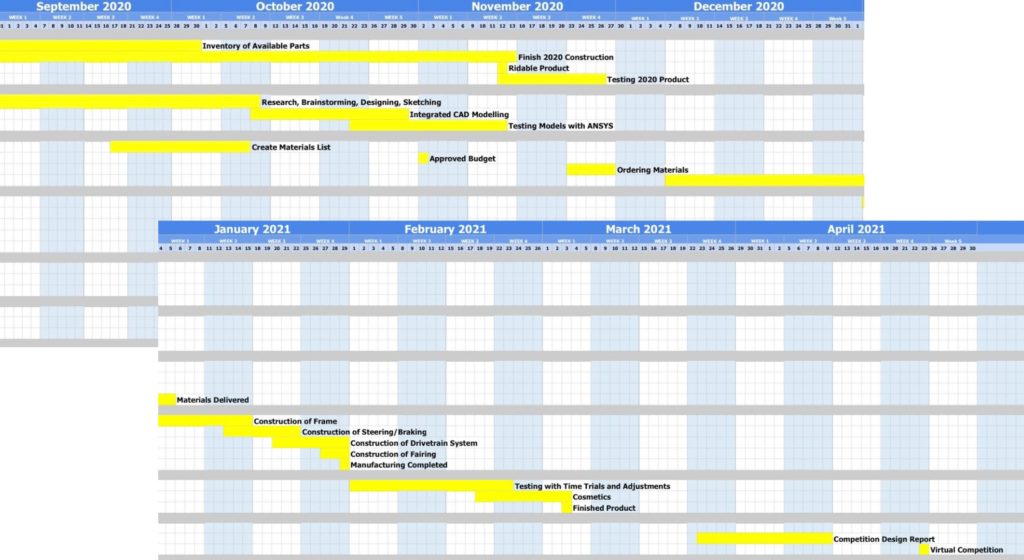

Final Design (1/26/21)
Key Design Components
- Adjustable carriage allows for 8″ of linear traverse among main beam of frame
- Carriage is secured by bolt, which also secures the seat belt in a comfortable position for the rider
- The movable carriage is integrated with the steering components, which were also made adjustable (see Steering page)
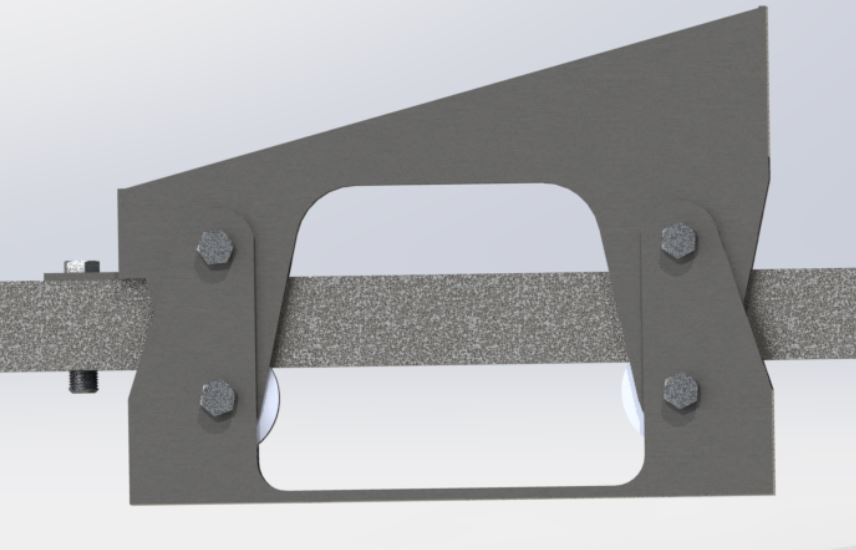
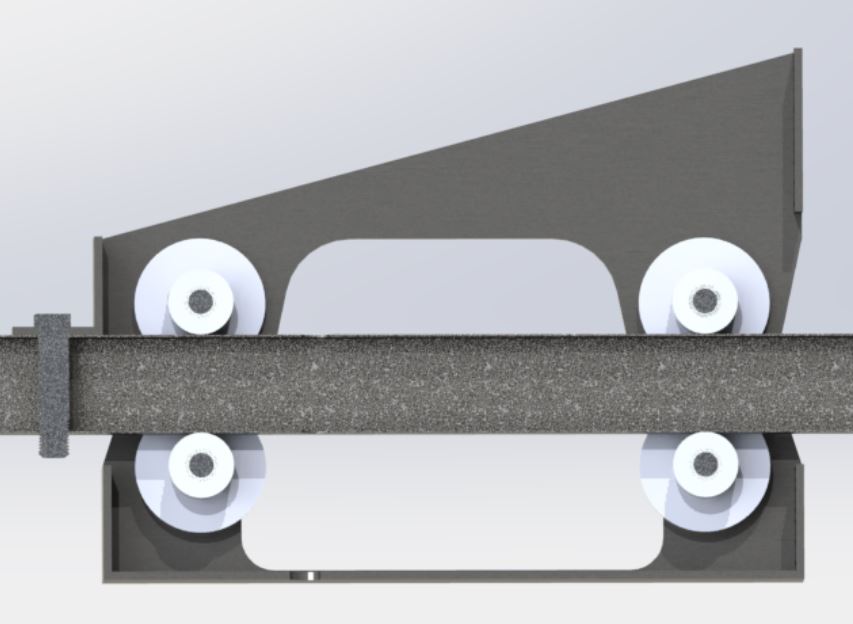
Aerodynamic Analysis (1/26/21)
ANSYS was used to run an aerodynamic analysis in accordance with the ASME report requirements. Due to budget, time, and manufacturing limitations, the team decided that even though there is a slight decrease in turbulence, a rear fairing was not worth pursuing. The ANSYS was simulated at the projected top speed of the bike, with the results shown below.
No Fairing
- Drag Coefficient = 0.508
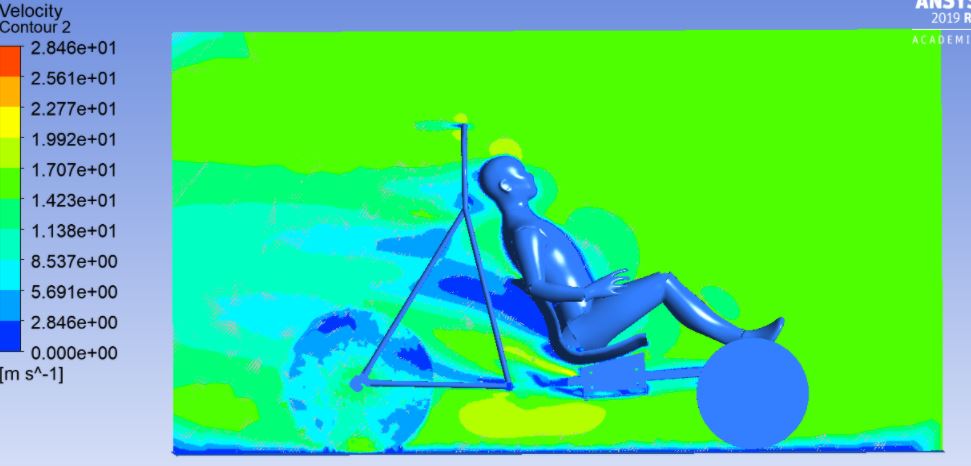
Partial Rear Fairing
- Drag Coefficient = 0.424
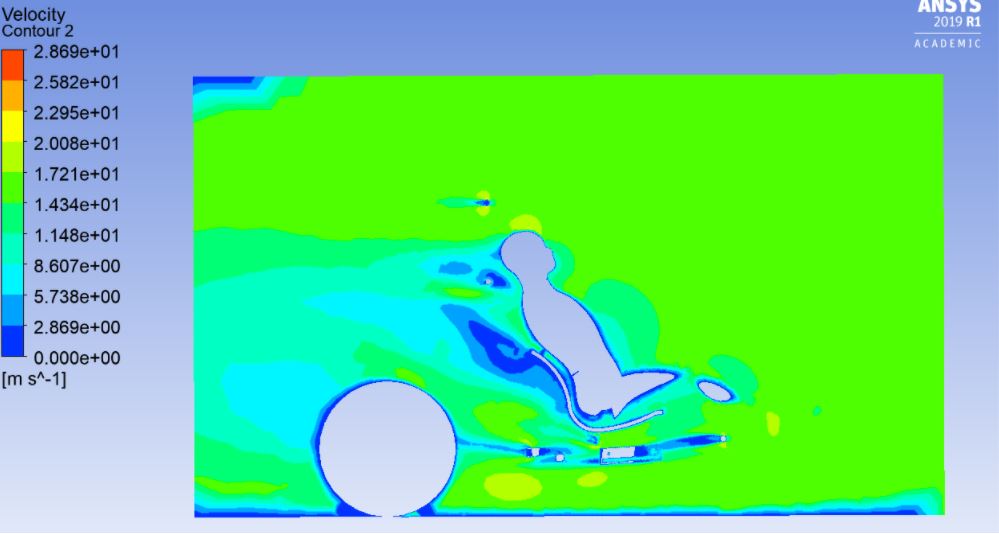
Final Budget Estimates (1/26/21)
The total and revised costs (after utilizing inventory) can be seen in the pie charts below, with breakdowns given by the project’s subsystem.
